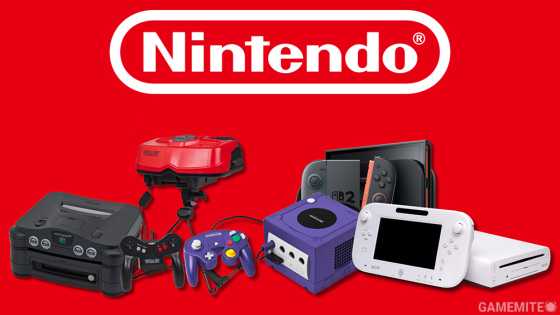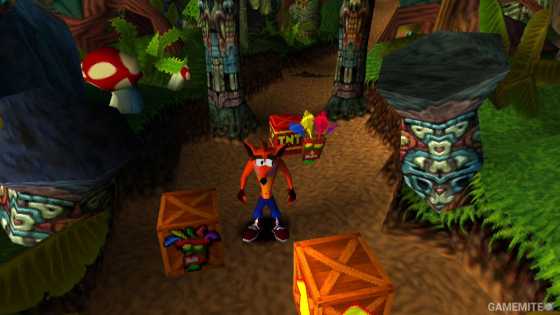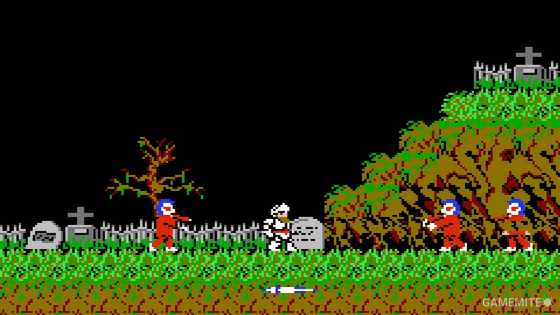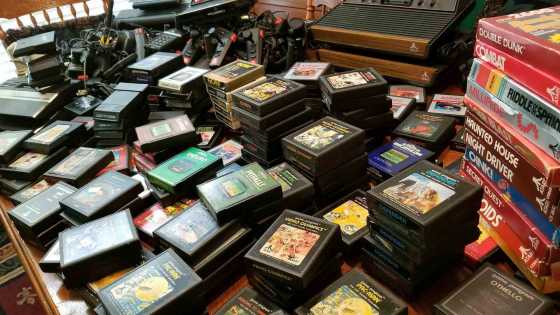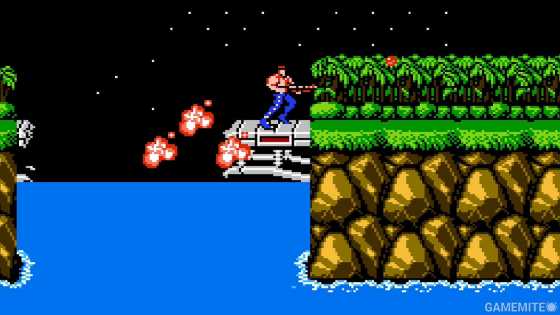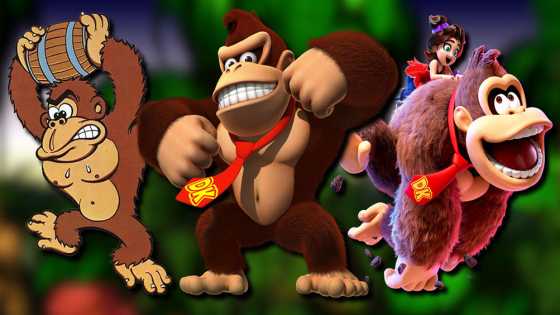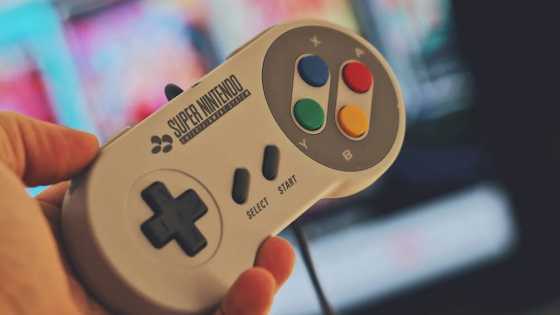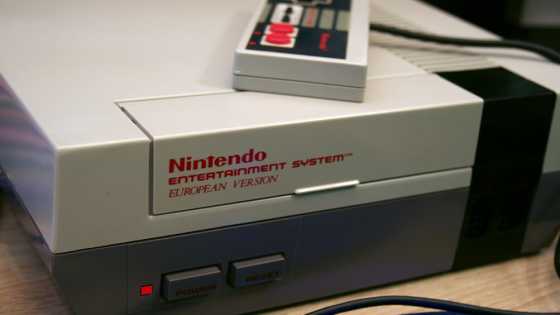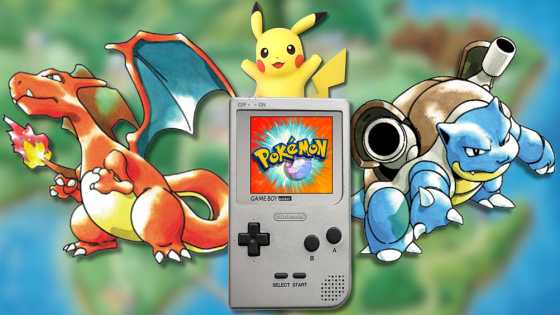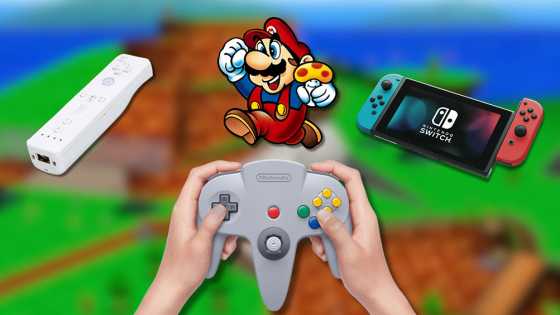Nintendo vs. Sega: Who Won The Most Infamous Console War?
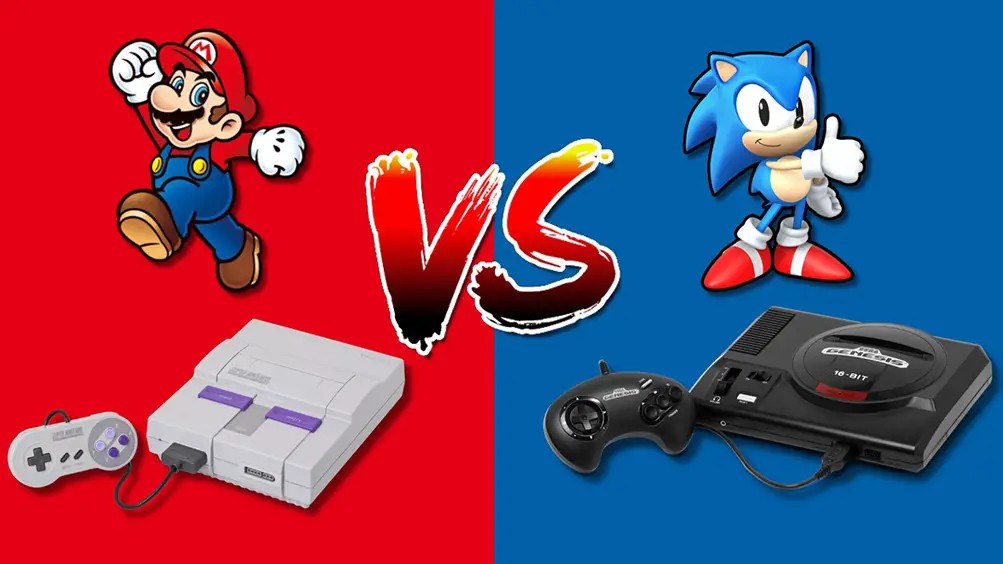
Nowadays, the term “console war” is often thrown around, and it’s commonly reserved for the classic rivalry between PlayStation and Xbox. But the tumultuous relationship between both of these brands only emerged in the early 2000s, whereas “console war” had already been used during the previous decade, the 1990s, to describe the even fiercer relationship between Nintendo and Sega.
It’s easy to forget now, but there was a moment in time in which Sega was one of the biggest video game console manufacturers out there, and, in the early 90s, it released a 16-bit console so impressive and so revolutionary that it quickly became the only thing that could even rival the Nintendo Entertainment System. Naturally, this led to almost ten years of constant comparisons, aggressive ad campaigns, and shocking technological advancements; all important pieces of the infamous console war of the 90s. Let’s take a deep look at this important moment in gaming history in order to finally determine who was the real winner: Nintendo or Sega.
How Nintendo Revolutionized The Console Market During The 80s

First and foremost, it’s important to explain the impact Nintendo had on the entire gaming industry during the early 80s, years before Sega became its main competitor. In 1983, a Japanese company known as Nintendo, which was well-known and beloved for its innovative arcade titles, like Donkey Kong or Mario Bros, released a home console called the Family Computer (or Famicom). Due to its excellent exclusives, which included ports of the company’s classic arcade games and brand-new adventures like Super Mario Bros or The Legend of Zelda, the Famicom got a very positive reception from consumers and sold many units in its home country.
Two years later, Nintendo would use the same system to completely revolutionize and even save the American gaming market. After the infamous Video Game Crash of 1983, video games were mostly seen as a dying fad, and it was up to the Big N to overhaul the public’s perception on this medium with a brilliant marketing tactic: the Famicom was rebranded as the Nintendo Entertainment System (or NES), and it was released with a few toy-like peripherals like the NES Zapper and the Robotic Operating Buddy (R.O.B), not to mention that it launched alongside the brilliant Super Mario Bros. / Duck Hunt double package. The company’s explanation was that this was not just a mere video game console; it was a literal entertainment system that the entire family could enjoy together. This obviously ended up working extremely well, and the NES became the biggest video game console, not only in North America, but in the entire world, thus changing the industry forever.

Before the NES, the popularity of arcades and primitive home consoles - like the Magnavox Odyssey or the Atari 2600 - made most casual consumers see video games as a mindless endeavor, something simple that would keep them entertained for a few hours. However, the NES’ ambitious (for their time) action-adventure exclusives, like Super Mario Bros, The Legend of Zelda, Metroid, Kid Icarus, Mega Man, and more, finally made people realize that games could be grand adventures with stories, characters, clear beginnings, and clear endings. All of these excellent games, and their eventual sequels, made the NES into a huge cultural mainstay, a system that every family just had to have in their household. Even many non-gaming companies began making licensed video games based on their IPs (like movies, TV shows, or comic books) that were 100% exclusive to this console. Naturally, it should be no surprise to learn that the NES sold over 61 million units in its entire lifetime.
But, don’t let the success and impact of the NES deceive you: it was not the only mainstream gaming console on the market at the time; it just happened to be so big and influential that it completely overshadowed its competition. There was also the Atari 7800, which was supposed to be the spiritual successor to both the Atari 2600 and the Atari 5200, and a little console called the Sega Master System which, like its name implies, was made by fellow Japanese company, Sega. While these consoles were far from bad, their small game libraries, lack of solid exclusives, and little-to-no pre-established IPs (like Mario, Donkey Kong, or Zelda) caused them to sell a lot less than the behemoth that was the NES. Curiously enough, the Master System is a bit of an exception, since it was (and still is) huge in Brazil, but that’s a story for another day…
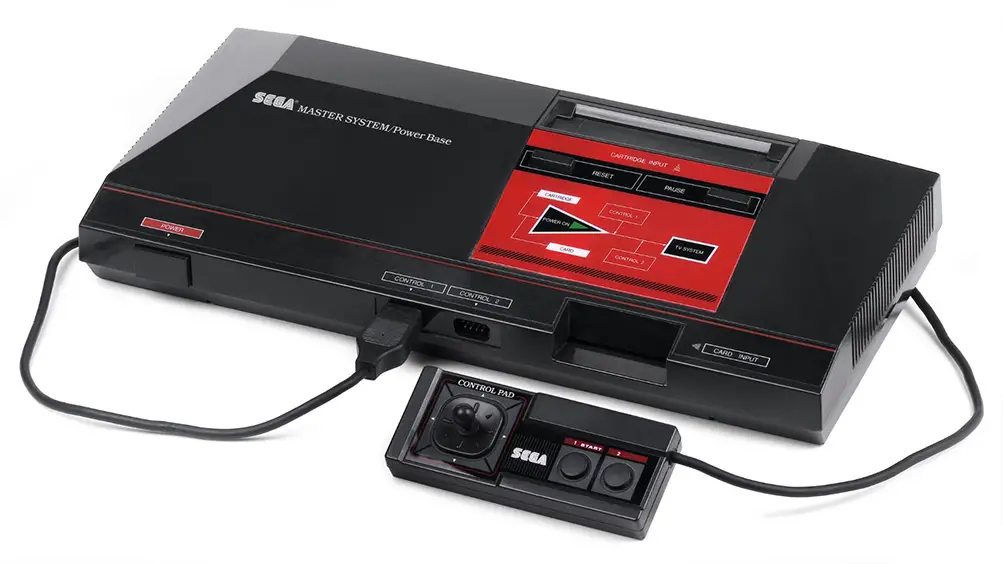
Before moving on, it’s important to point out that the NES was an 8-bit console and, for the early-to-mid 1980s, its colorful games with detailed sprites were incredibly impressive. They were similar in quality to what was only possible at the arcades at that time, and it was much more advanced than the graphics from older home consoles. This was one of the NES’ main selling points when it first launched, but by the time 1989 arrived (six years after its original release) gamers were ready to make the jump to the next generation. And Sega knew exactly how to take advantage of this situation in order to get ahead of Nintendo in the home console market.
Sega Ruined Nintendo’s Party With Its 16-Bit Console, The Genesis
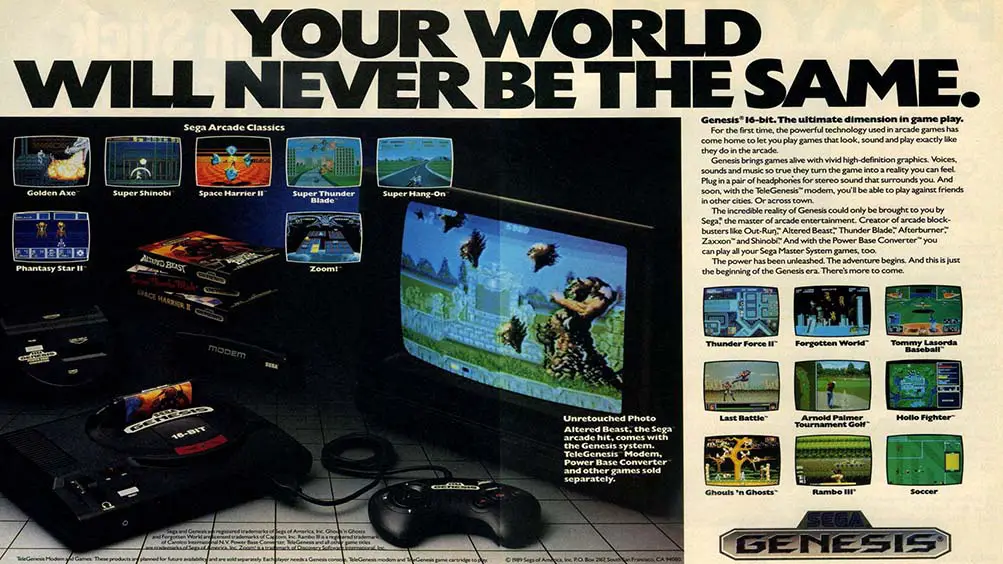
The Sega Genesis (also known as Mega Drive in Japan and Europe) came out in 1988 in its home country and in 1989 in North America, and it immediately made a huge impact on the entire industry due to its advanced graphics. This was a 16-bit console, meaning that it was literally twice as powerful as the NES, which resulted in games that looked a lot better, with more color, bigger sprites, and more detailed environments, not to mention that they also ran at even higher speeds. This was completely intentional from Sega’s part, who not only wanted to get ahead of Nintendo but also of NEC, which had released the PC Engine on Japan in 1987. According to designer Masami Ishikawa, Sega wanted to create a home console with a 16-bit microprocessor in order to take a huge step forward for the home console market, and it definitely succeeded in that regard.
Curiously enough, Nintendo had already announced its plans to release a successor to the NES/Famicom that very same year, but none of that mattered anymore. By releasing the Genesis before that system could come into fruition, Sega had beaten the Big N to the punch and could very easily claim that it had a more powerful home console for a few years. In retrospect, it made a lot of sense that Nintendo was taking its time to release its next console since the NES was still selling very well and, with most of its competitors slowly fading away in the public eye, it seemed almost unbeatable, until the Genesis abruptly appeared and ruined the company’s party.
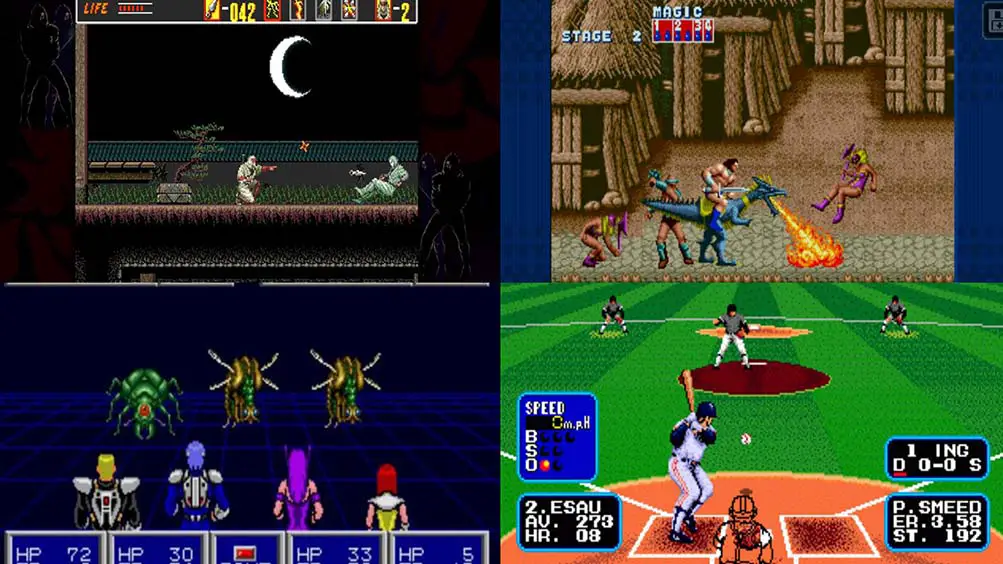
Curiously enough, most people nowadays associate the Genesis with Sonic the Hedgehog, but that game and character wouldn’t be created until two years into the console’s life cycle. During its initial years, this system impressed consumers with its fast-paced and colorful 16-bit games that looked similar to what arcade machines were capable of at the time. Titles like The Revenge of Shinobi, Golden Axe, and Phantasy Star 2 got positive reviews, while also establishing new Genesis-exclusive franchises that were slowly accumulating their own sizable followings, similarly to what Nintendo had been doing with its own IPs during the heyday of the NES. Additionally, the Sega Genesis was also very popular among sports fans, since it was the home to many highquality games in that genre, some of which were even endorsed by famous athletes, like Tommy Lasorda Baseball, Joe Montana Football, or Brian Lara Cricket.
But, of course, the Genesis didn’t sell well just because of its graphics and its games, as Sega knew it needed a strong marketing campaign to make the entire public know that its newest console was more powerful and innovative than anything Nintendo had done. Around 1990, the company started releasing many printed magazine ads and TV commercials that shared one tagline: “Genesis Does What Nintendon’t”. This was catchy, memorable, and in-your-face, and it took the entire gaming industry by storm. Back then, this type of fierce and explicit marketing was seen as bold, edgy, and risky, and it perfectly encapsulated the infamous “cool” attitude that defined the 90s.
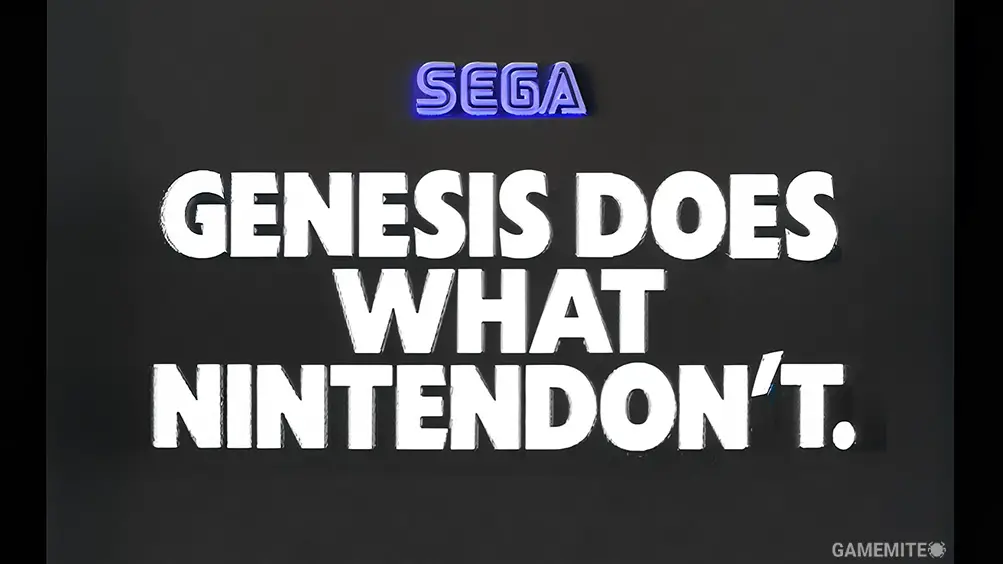
It seemed like Nintendo had finally met its match: it found the one gaming company that was able to give it good competition and, to make things even worse, it was doubling down with an aggressive marketing campaign. The Sega Genesis reportedly sold 400.000 units in its first year, which was very impressive for a non-Nintendo company at the time, and the new game releases and commercials of 1990 were already helping it sell even more consoles.
There’s no denying that Sega’s performance during the early days of the Sega Genesis was both brilliant and revolutionary, but it’s also important to keep in mind that, for at least two years, their 16-bit machine was still competing with the NES, an 8-bit console that had been released over six years prior. With the arrival of the 90s, Nintendo was getting closer and closer to releasing its next home console, and it would inevitably become something that could rival (and maybe even surpass) the Genesis.
Nintendo’s Comeback: The Super Nintendo
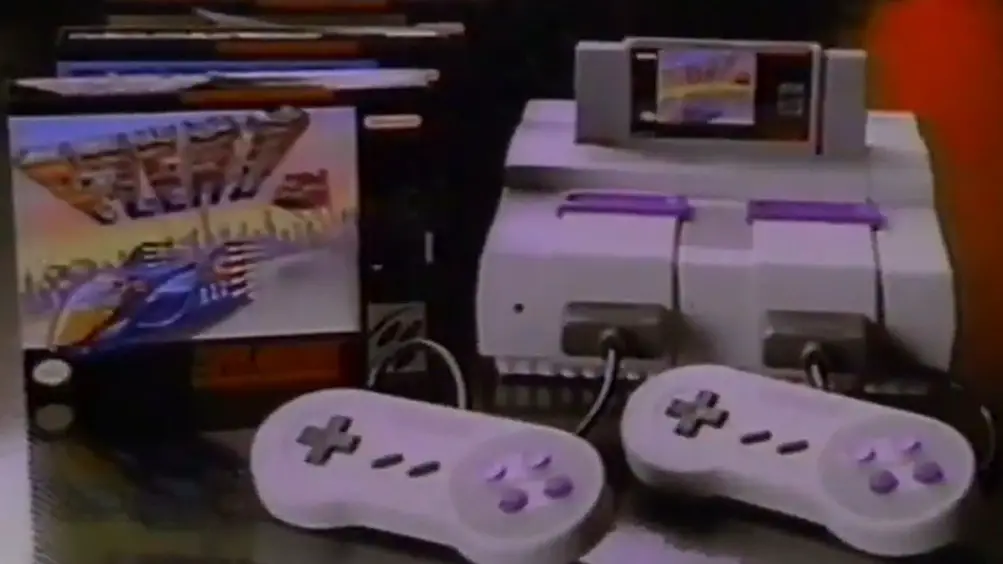
In November 1990, Nintendo finally released its next mainstream home console, which would later come out in North America in August of the next year. Its name was simple but effective: in Japan, it was the Super Famicom, and in the rest of the world, it was the Super Nintendo Entertainment System (or SNES). With one single word, the Big N described everything the public needed to know about its brand-new system: it was a better and more powerful 16-bit version of the NES. The SNES had a very solid lineup of titles available for users to enjoy on day one, like Pilotwings, F-Zero, and Super Mario World, the fourth entry in the beloved Mario series. These games were not only very good in terms of quality, but they also made excellent use of some of the hardware’s most impressive new features, like Mode 7, a graphics mode that enables real-time rotation and scaling of the background.
It had finally happened: Nintendo fought back with a high-quality 16-bit console that could compete against the Sega Genesis. Now that the battlefield had finally been leveled, this can be considered the true starting point of the Console War, and things were only going to get more heated going forward. In fact, the competition was already getting quite fierce by the time the SNES came out because, just a few months before that, Sega had released a new game that would change this rivalry and the entire gaming industry forever. After all, Sega was aware that, despite the Genesis’ huge success, it still needed a solid mascot character that could rival Nintendo’s Mario, and in June 1991, worldwide audiences finally got to meet none other than Sonic the Hedgehog.

Everything about the creation of this speedy blue hedgehog was absolutely brilliant, since he was expertly crafted to compete against Mario and everything else that Nintendo represented at the time. Whereas the red plumber was seen as a kid-friendly icon for the whole family to enjoy, the blue blur was “cool” and “edgy”, which fit perfectly within the “radical” attitude of the 90s. Furthermore, Super Mario World was a precise 2D platformer set in a fantastical world, while Sonic the Hedgehog was faster, more cinematic, and its plot and characters had elements from the Sci-Fi and superhero genres. This was the beginning of the legendary rivalry between Mario and Sonic and it would inevitably become a huge part of the console war between the SNES and the Genesis.
The competition was fierce, since both 16-bit systems were selling very well during that time, with the SNES selling over 5,050,000 units in its first year, and the Genesis following closely behind with over 3,166,000 units sold in 1991. Nintendo was quick to release high-quality titles in the span of a few years, with many of them becoming some of the absolute best video games, not only in the SNES’ catalogue, but in the history of the industry: The Legend of Zelda: A Link to the Past was the sequel to the original The Legend of Zelda that fans have been waiting for and it paved the way for all subsequent games in the series, Donkey Kong Country was a soft reboot of the Donkey Kong series that put DK back in the spotlight with a trilogy of incredible and immersive 2D platformers, and Super Metroid not only was a masterpiece that aged surprisingly well but it also laid the groundwork for what would become the “Metroidvania” genre. On top of that, Nintendo’s close relationship with other prestigious Japanese studios meant that many high-quality third-party games ended up being 100% exclusive to the SNES, like Final Fantasy VI, Chrono Trigger, Mega Man X, Super Castlevania IV, and many more.
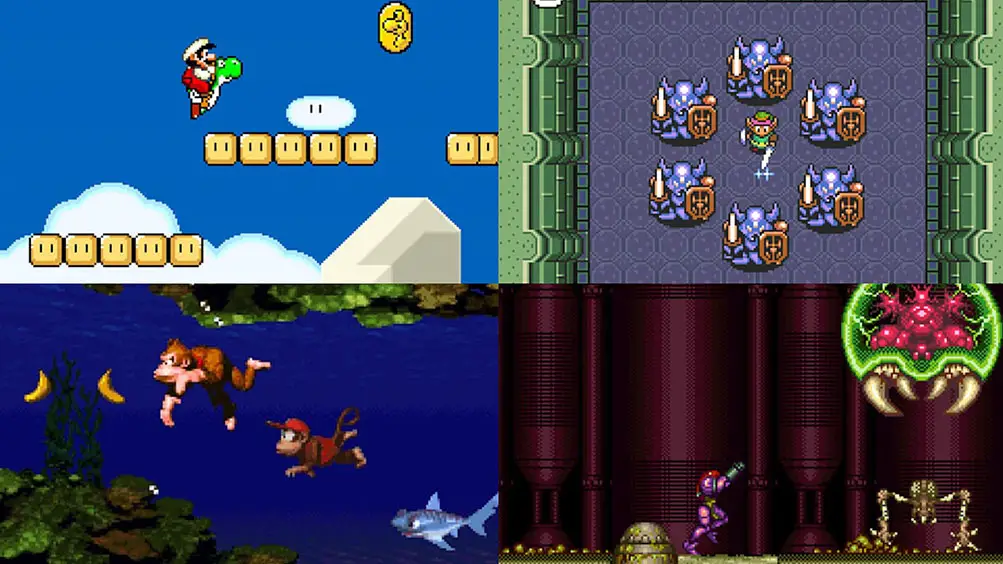
Needless to say, the Sega Genesis also had its fair share of excellent exclusives in its catalogue, with unique and inventive first-party offerings like Sonic the Hedgehog 2, Sonic 3 & Knuckles, Toejam & Earl, Gunstar Heroes, Shinobi III: Return of the Ninja Master, and many more. While it could be argued that the SNES had better exclusives, the Genesis did have a major advantage at the time: it was seen as the console for more mature audiences, due to its aforementioned superior and bigger collection of sports games and Sega’s tendency to not shy away from adult-oriented content. For example: the Genesis port of the original Mortal Kombat is infamous for featuring a hidden code that activate the blood in the game, while the SNES version was completely censored. Curiously enough, the inclusion of this code was one of many things that would later lead to the creation of the ESRB Ratings system.
The SNES had the superior software and hardware, but the Sega Genesis kept giving it a very good fight, not only with its solid exclusives and its games aimed at an older audience, but also because Sega of America never stopped making edgy and competitive marketing campaigns. In 1993, the company released its infamous “Blast-Processing” commercial, which claimed that the Genesis was better than its competitor because its games ran much faster. This commercial has been glued to people’s minds for over thirty years, which is solid proof of how effective it ended up being. It’s admittedly quite brilliant because “blast-processing” is an ambiguous but catchy term that Sega of America coined in order to make the Genesis sound more enticing to younger consumers. But the truth was that Nintendo’s console was more powerful in almost every single aspect… except that one. It was true, the Genesis’ graphics processor was technically faster than the SNES', and that’s all that Sega needed to disregard everything else and create this infamous and influential commercial.
The Sudden Arrival Of 3D Gaming Completely Changed The Battlefield
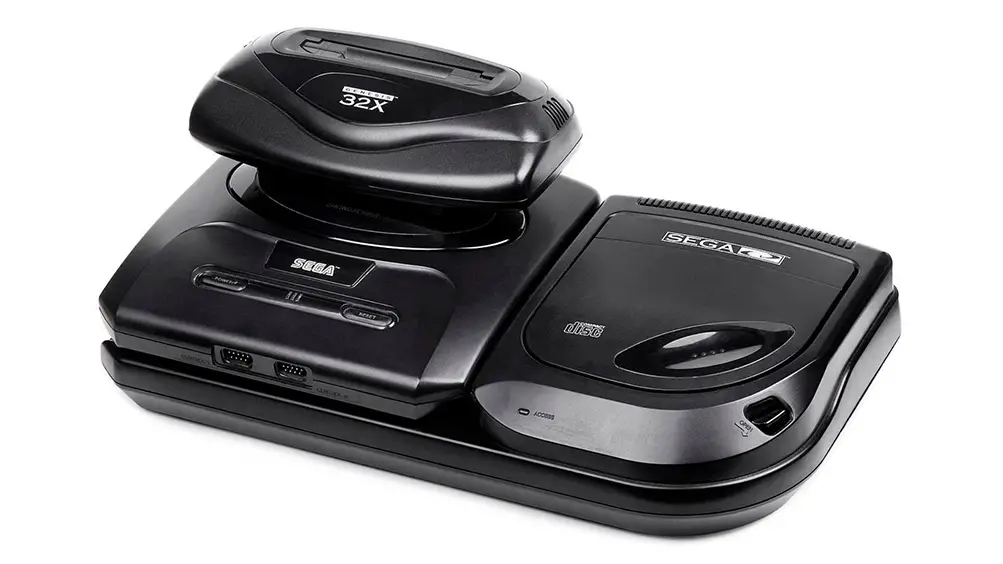
For most of the early 90s, the battle between the SNES and the Genesis kept getting more and more heated, to the point that it even became a major source of discussions and arguments between kids in the playground, similarly to how fans of different sports teams would clash against each other. However, everything changed during the mid-90s, when 3D gaming on home consoles was slowly but surely becoming a reality.
Sega didn’t hesitate to jump onto the bandwagon, and in 1994, it released the Sega 32X, a weird add-on that allowed the Genesis to play brand-new 32-bit games, many of which were in full 3D. (For example, the original PlayStation, which came out the very next year, was also a 32-bit system, so this device was clearly ahead of its time). The technology was quite impressive, as it basically turned a five-year-old console into a new system that was capable of running 3D graphics. However, the 32X was not the success Sega was hoping for, with many reviewers at the time deeming it as unnecessary and overcomplicated, not to mention that it lacked a solid gallery of great games that would make people want to buy this piece of plastic. On top of that, the 32X came out just a year before Sega’s next console, the Saturn, so most consumers didn’t really think it was worth buying it, since they could just wait one more year and spend their hard-earned money on a brand-new console that could play 3D video games.
Sega very infamously tried to keep the Genesis alive at the very end of its natural life cycle, and the 32X was one of the most memorable examples of this questionable practice. It seemed like the company was throwing stuff at the wall to see what stuck, just so people would keep using it. A few years before the 32X, the company had released another add-on, the Sega CD, which allowed players to run video games stored on compact discs on their Genesis, and therefore took advantage of the new (at the time) storage format that was taking the world by storm. Similarly to the 32X, the Sega CD was quite innovative for its time, but it was also seen as weird, unnecessary, and it didn’t have enough good games to justify its high price. At the time, when someone connected their Sega Genesis with the Sega CD and the 32X, it literally seemed like the console was on life support, with a bunch of weird plastic attached to it. Many people consider this to have been the beginning of Sega’s downfall as a hardware manufacturer.
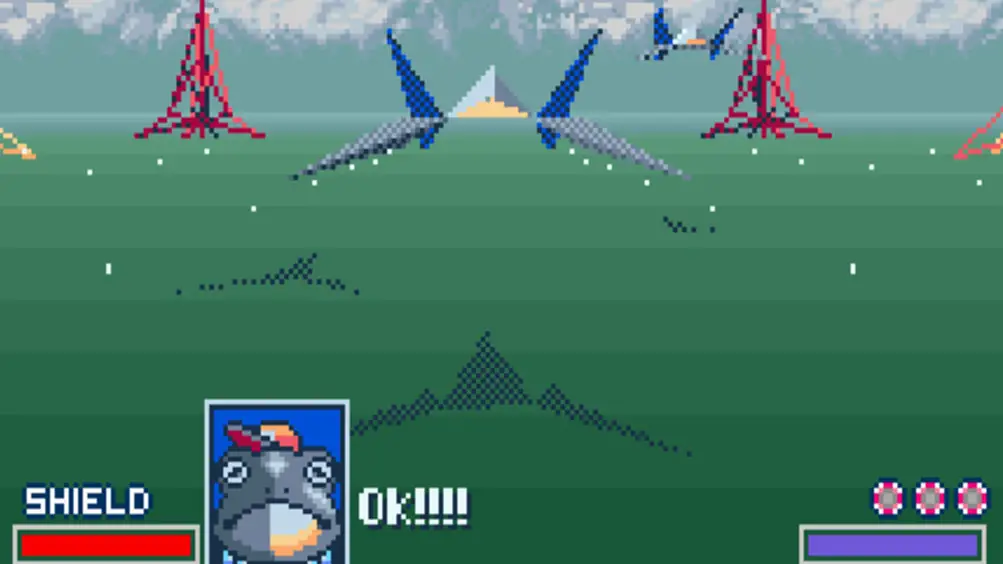
But, what was Nintendo doing during this time? Well, the SNES famously didn’t have any add-ons like the Sega CD or the 32X, but the Big N did throw its hat in the ring of 3D gaming with a more subtle and inventive approach. In the early 90s, the Big N teamed up with Argonaut Games to create the Super FX chip, which allowed them to develop 3D games without the need for any additional accessories or peripherals. The list of titles that used the Super FX chip is relatively small (only seven in total), with some prominent examples being Dirt Racer, Doom, Super Mario World 2: Yoshi’s Island, and Star Fox, the console’s very first fully 3D video game. Nevertheless, this chip still left a huge impact on consumers, and it successfully proved that the SNES’ life cycle was far from over, even more than two years after its initial launch.
Creating a specialized chip inside its new games instead of manufacturing a weird and unnecessary plastic peripheral in order to release 3D games was a genius idea from Nintendo’s part. However, it’s extremely important to clarify that this was a complete accident, since the company originally had plans of making and releasing a CD-compatible add-on for its 16-bit console, tentatively titled Super Nintendo CD-ROM or SNES CD. Nintendo even partnered with Japanese company Sony to develop this device, which would be renamed to PlayStation. However, after budgetary and legal disagreements between both companies, the deal eventually fell through. Curiously enough, the Big N attempted to work with Sony’s main competitor, Philips, to create this device (which is one of many reasons the initial PlayStation project was cancelled), but this never ended up materializing. However, the brief partnership between these companies led to the infamous, low-quality Mario and Legend of Zelda video games that were exclusive to Philips’ short-lived console, the CD-I. Despite some unfavorable side effects, the failure of this project would end up being a blessing in disguise for Nintendo, because nowadays the SNES is fondly remembered for the impressive technology of the Super FX chip, instead of being scrutinized due to questionable accessories like the Sega Genesis’ Sega CD and 32X.
So, Who Was The Undisputed Winner?
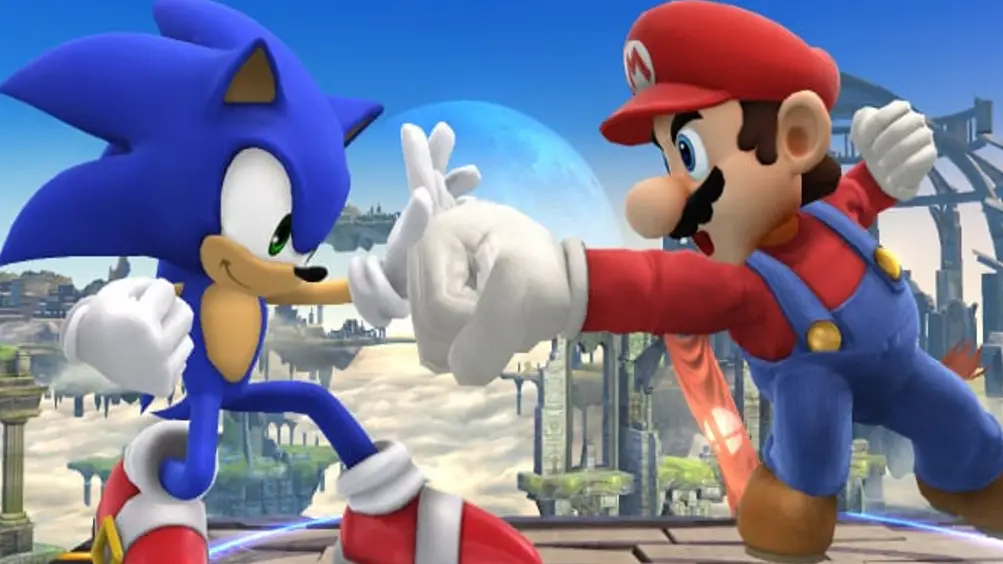
While this article is mainly focused on the battle between the two most famous 16-bit consoles – the Sega Genesis and the Super Nintendo Entertainment System – it is impossible to answer this question without taking a brief look at their successors and the future of their respective companies. In 1994, Sega released the Sega Saturn, the company’s very first fully 3D 32-bit gaming system: its technology was definitely quite impressive, but due to its high price, lackluster catalog of exclusives (it didn’t even have a new 3D Sonic the Hedgehog game!) and fierce competition from the Sony PlayStation, the Saturn sold and reviewed very poorly, and it’s nowhere near as beloved as its predecessor.
Sega would eventually release another 3D console named the Dreamcast in 1999, thus unofficially marking the beginning of the sixth generation, right before the turn of the millennium. For the time, the Dreamcast’s graphical capabilities were absolutely mindblowing (on par with the PlayStation 2, more than a year before that console came out), and it had a vast collection of solid exclusives, like Sonic Adventure, Crazy Taxi, Jet Set Radio, or Skies of Arcadia. This was undoubtedly a very good console, but everything changed when the PS2 finally came out: it was more powerful, it had better games, and it had more support from third-party developers. On top of that, the Dreamcast didn’t support DVDs like its competition, and its games were very easy to pirate, so Sega decided to discontinue it in 2001 and completely quit the video game console manufacturing business.
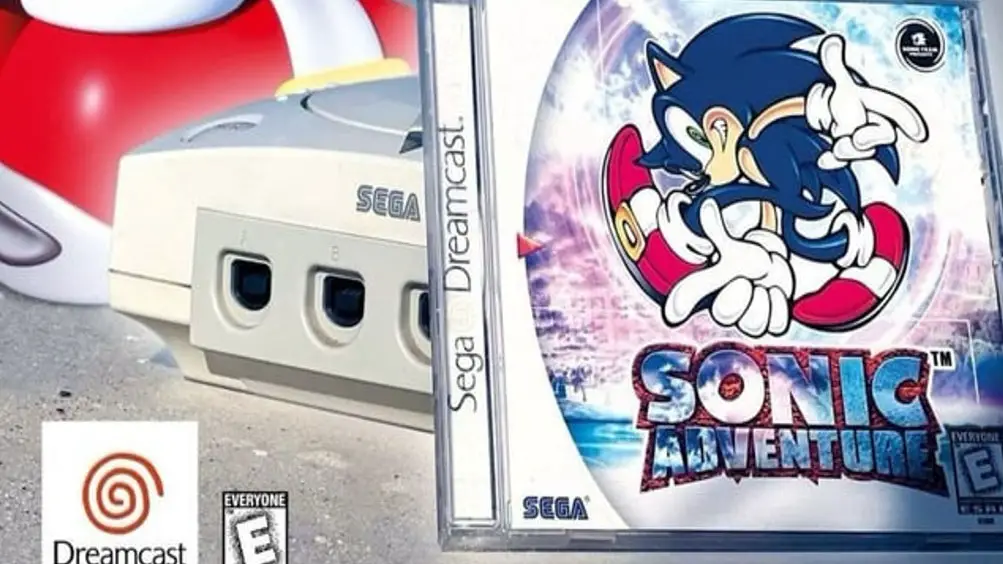
On the other hand, while the mid-90s and early 2000s were also quite a tumultuous time for Nintendo, which really struggled to adapt to the new trends and technologies of the new millennium, at least things ended up working much better for this company, seeing as it is still making hardware and software to this day. It released the Nintendo 64 in 1996, two whole years after the Saturn and PlayStation, meaning that it arrived quite late to the world of 3D gaming and the fifth generation of home systems. While the N64 was nowhere near as popular and profitable as the PS1, it still was very successful and it had a major impact on the gaming industry, seeing as some of the best and most influential 3D video games ever made were released on it, like Super Mario 64, The Legend of Zelda: Ocarina of Time, Banjo-Kazooie, Mario Kart 64, GoldenEye 007 and many more.
Nintendo’s next console, the GameCube, also struggled to compete against the PS2 during the early to mid-2000s, but the company managed to make a fruitful comeback with the Nintendo Wii in 2006. As Sega exited the console wars, its old rival would eventually make and release some of the best-selling gaming systems of all time, like the aforementioned Wii, the Nintendo DS, and the Nintendo Switch. Additionally, both Sony and Microsoft (which released the original Xbox in 2001) would become the two new rivals of the Big N, which is extremely ironic, considering that Sony only threw its hat in the ring after the original Nintendo PlayStation deal fell through: that’s right, Nintendo accidentally created a bigger and more powerful rival than Sega had ever been.
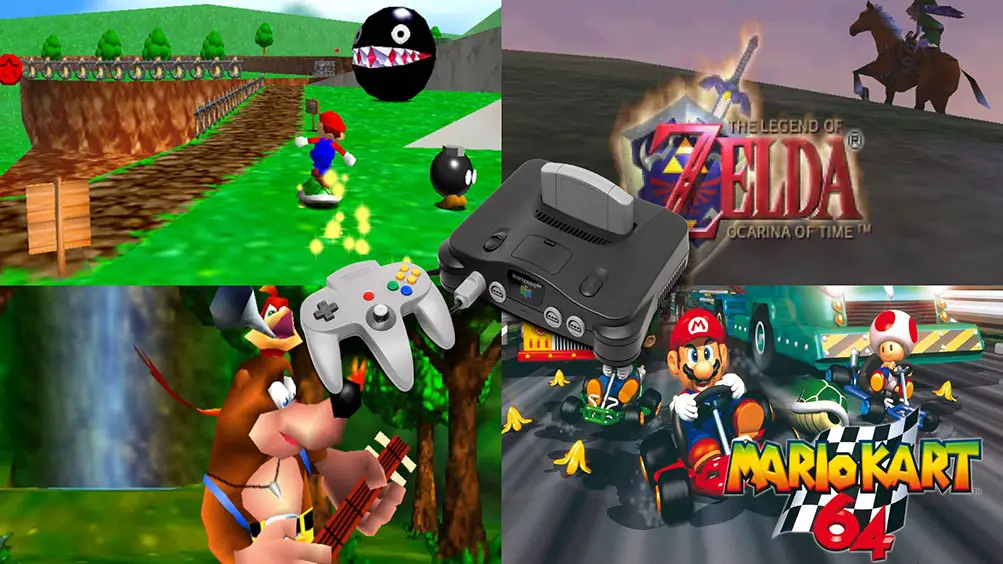
So, when it comes to the eventual fate of these two companies, it’s safe to say that Nintendo came out victorious from the 16-bit console war. But only taking that into consideration would be very unfair to Sega (which, after all, quite making consoles in 2001, many years after the life cycle of the Sega Genesis had already ended), so it’s also important to take a look at other deciding factors to declare who was the winner.
Taking a look at lifetime sales, the Super Nintendo has sold more than 49 million units since its initial launch. Sega hasn’t released an official number of Sega Genesis units sold since 1989, but several sources estimate that it must have been between 34 million and 40 million units in total. There’s no denying that both of these 16-bit consoles were extremely profitable for their respective companies, but the SNES barely beats the Genesis in this regard, which is quite impressive for a system that came out two years after its competition and didn’t even have any late add-ons like the 32X or the Sega-CD. When it comes to exclusives, both consoles had very solid and influential lineups, but Sega’s tendency to chase trends and to appeal to more mature audiences may have worked perfectly during the 90s, but has aged horribly in retrospect. Aside from the iconic Sonic the Hedgehog series (which is still going very strongly to this day), most of the Genesis’ biggest games are from franchises that are now dormant, forgotten, or flat-out dead, like Earthworm Jim, Toejam & Earl, or Comix Zone. Even the few Sega IPs that are making a comeback in the near future, like Golden Axe or Shinobi, are not even close to the same level of prestige and success as the Nintendo IPs that thrived during the 16-bit era, like Mario, The Legend of Zelda, Donkey Kong, Metroid, etc.
Both the SNES and Sega Genesis were incredibly advanced, important, influential, and flat-out entertaining video game consoles that entertained countless people around the world and changed the industry forever, but the result is crystal clear: Nintendo defeated Sega in the most infamous console war in video game history. The SNES beat the Genesis in pretty much every aspect: technology, exclusive games, total sales, influence, etc. This story is a perfect example of how something that may work perfectly at one particular time can eventually taint your long-lasting legacy. Back in the 90s, Sega’s aggressive marketing was seen as edgy and bold, while nowadays most people look back at it and cringe (although many seasoned Sega fans remember it with nostalgia). The Genesis’ vast catalog of mature titles and sports games allowed Sega to sell even more units back then, but modern gamers are more likely to remember the influence of SNES exclusives like Super Mario World, A Link to the Past, and Super Metroid. Whether it was intentional or by complete accident, Nintendo was able to make sure that the SNES had an everlasting impact, while the Sega Genesis feels more like a product of its time. Fortunately, fans of both systems can still enjoy their many classic offerings, not only via their respective digital collections on Nintendo Switch Online but also thanks to their respective plug-in reeditions: the Sega Genesis Mini and the Super Nintendo Classic Mini.
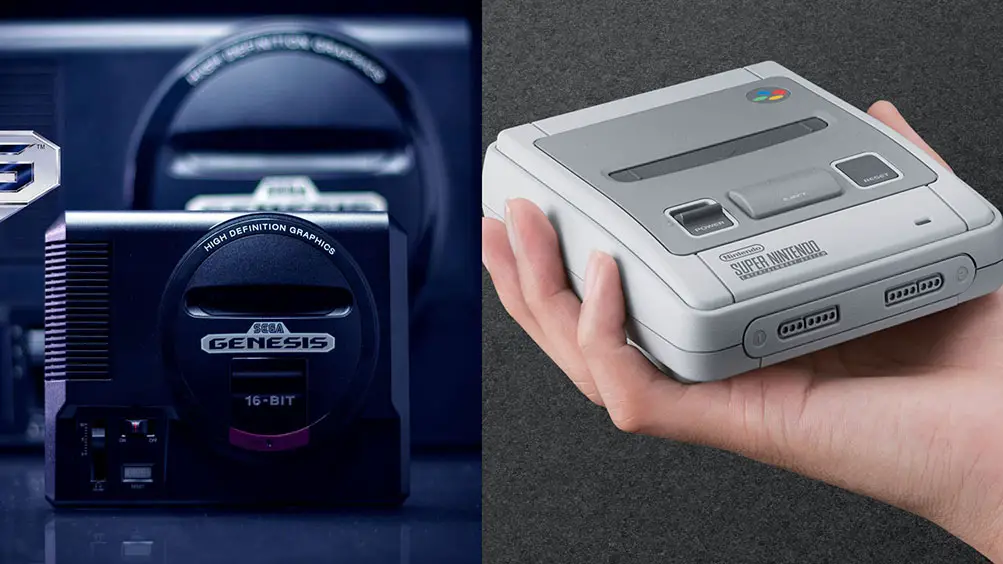
Despite losing both the battle and the war, the Sega Genesis is (and will always be) an extremely important piece of video game history that gamers should learn to appreciate. After all, Sega was the very first company that gave Nintendo some healthy, much-needed competition during a time in which it felt like the Big N was almost untouchable and unbeatable.
Whenever two giant companies compete against each other, the only real winners are the consumers, and the 16-bit console war left us with two excellent systems that can run some of the best, most fun, and most innovative video games ever made. In a way, the legendary feud between the SNES and the Genesis allowed Nintendo to become a better company and indirectly led to the creation of the PlayStation brand, which would go on to become Nintendo’s next big rival.


